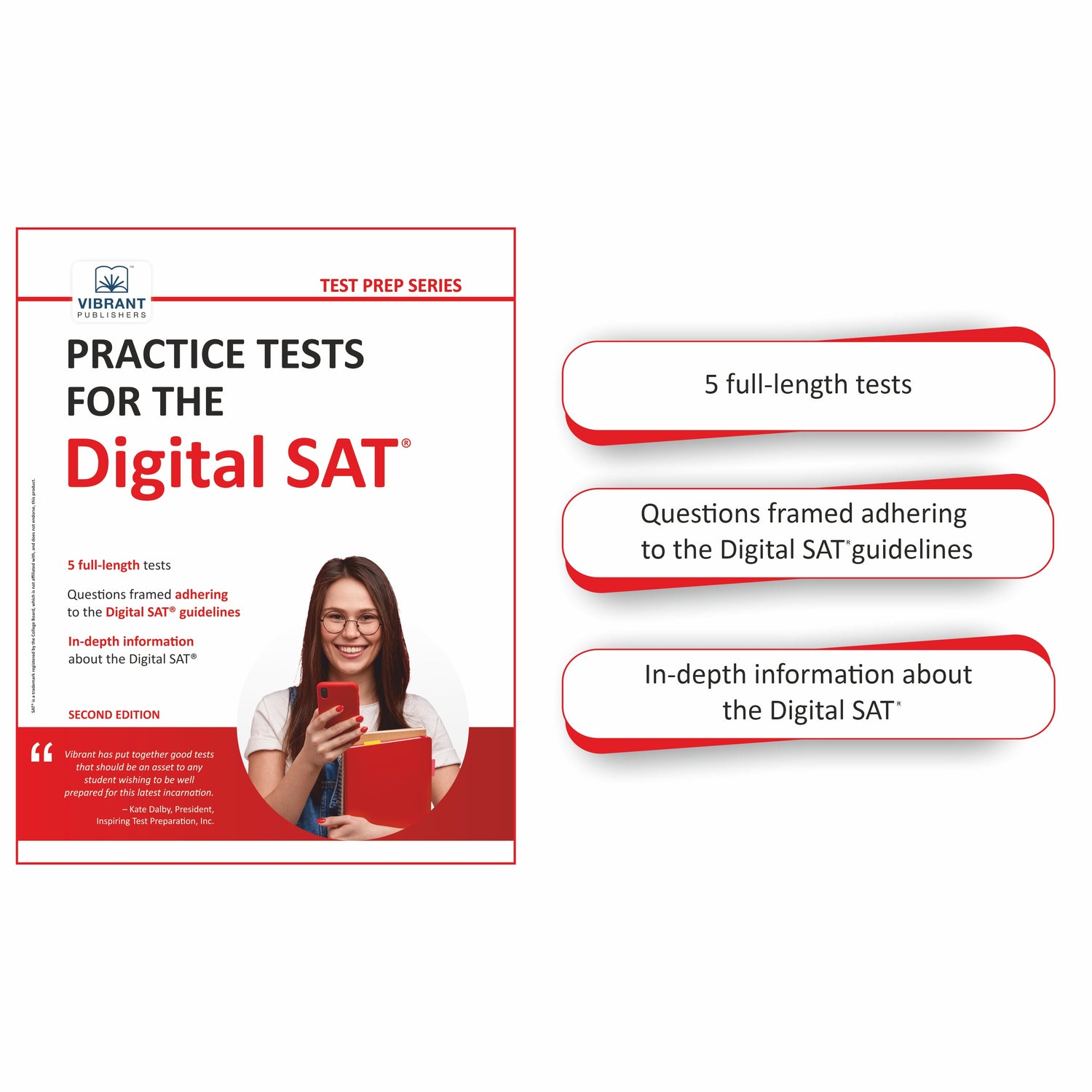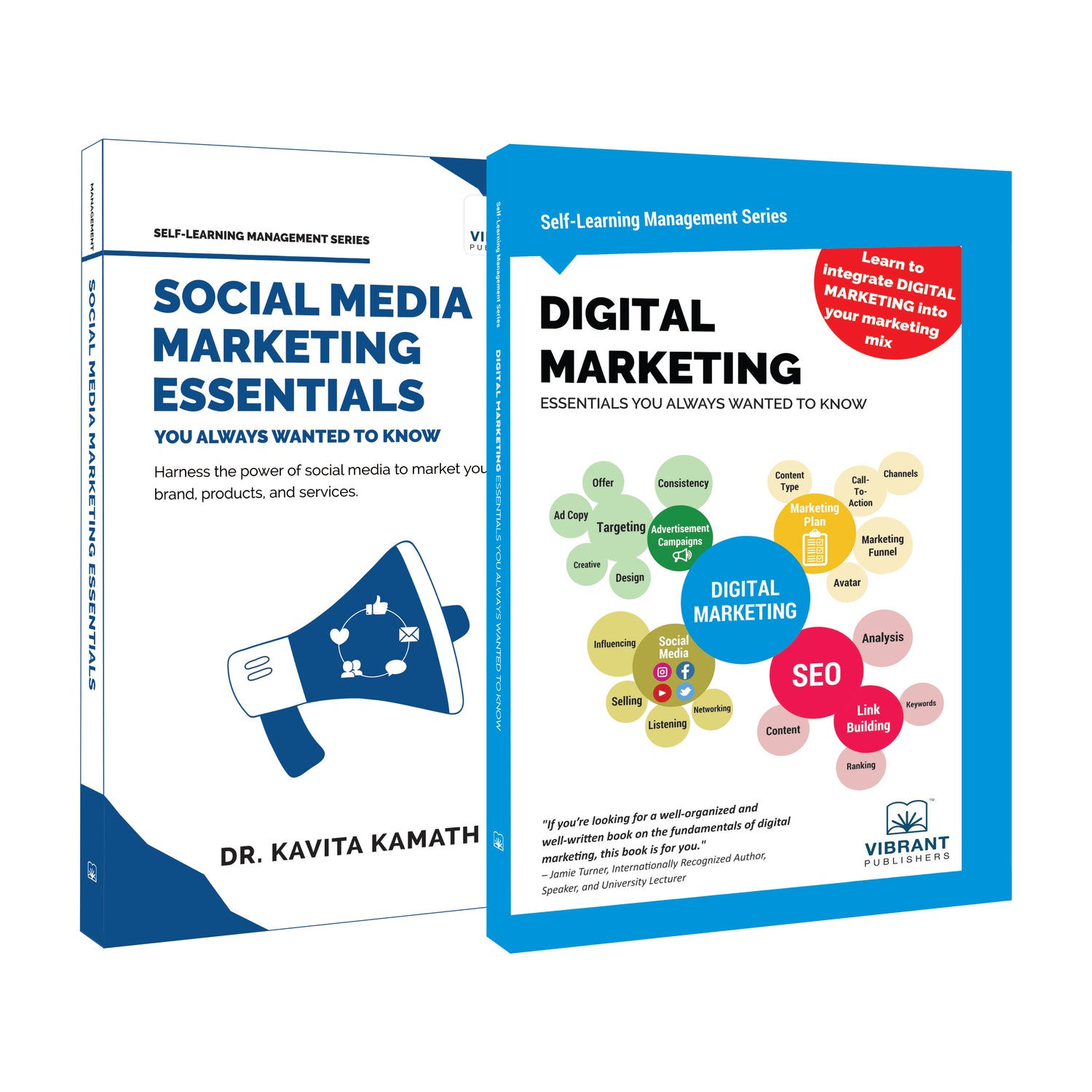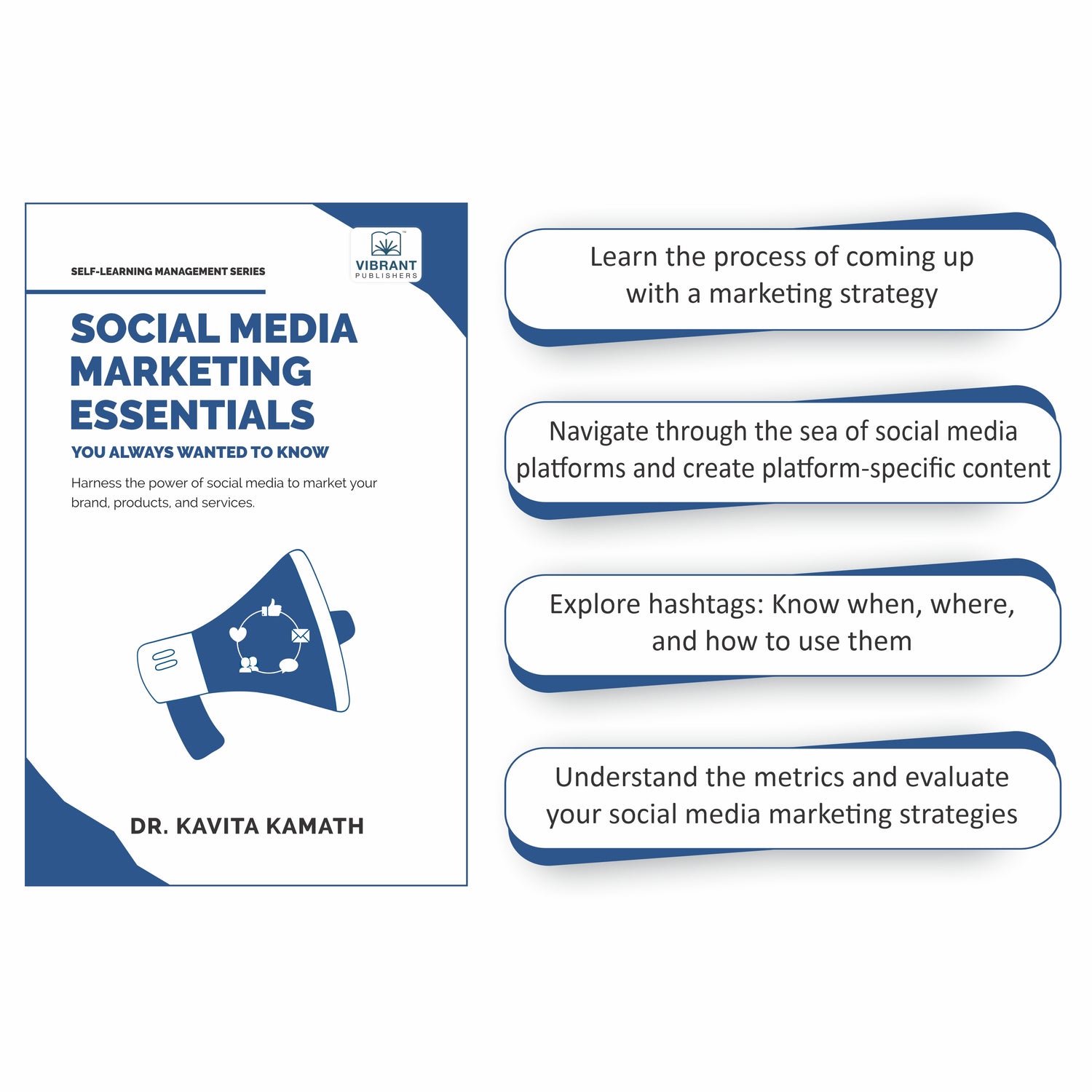Home
-
Blogs on Modern Marketing and Sales
-
The Strategic Branding Guide Every Marketer Needs: Inside Brand Management Essentials

The Strategic Branding Guide Every Marketer Needs: Inside Brand Management Essentials
Tired of branding books that stop at logos and slogans?
Brand Management Essentials You Always Wanted to Know (Brand Management Essentials) goes deeper, showing you how to build a brand that performs, not just one that looks good on a pitch deck. Whether you're a student, a startup founder, or a seasoned marketer, this branding guide offers tools and frameworks to drive perception, preference, and profitability in a hyper-competitive market.

Cover of Brand Management Essentials You Always Wanted to Know
Why Traditional Branding No Longer Works
Too many organizations still view branding as a one-time design refresh—a new logo here, a catchy slogan there. But in an era of real-time customer feedback and instant online comparisons, surface-level branding falls short. Modern brands need to understand their customers’ journey and adapt strategies, including how digital platforms shape engagement and sales performance.
Brand Management Essentials addresses this disconnect head-on. It’s a strategic brand management guide that walks readers through the entire brand-building process, from identity and positioning to customer experience and performance metrics.
What Makes Brand Management Essentials Stand Out?
Each of the eight chapters aligns with how modern brands are actually built and managed today. The structure mirrors the real sequence of brand creation and stewardship without claiming that every company must move at the same speed.
1. Identity, Awareness, Reputation
Opening material defines what a brand is in commercial terms. Readers learn how identity connects with measurable awareness and how reputation forms through consistent delivery. The section sets a baseline for anyone curious about how to get into brand marketing.
2. Knowing Your Customer
Successful brands begin with clarity about who they serve. The chapter explains demographic, psychographic, behavioural, and geographic segmentation. It includes a straightforward framework for building customer profiles that support precise messaging, an essential step in brand development for startups.
3. Purpose and Promise
Vision statements mean little unless translated into value for a specific audience. This chapter guides readers through the development of compelling mission lines that inform every marketing decision. Companies that seek branding for business growth will recognise the value of that discipline.
4. Brand Positioning and Identity
Here, the book turns from ideas to structure. It offers templates for crafting positioning statements that emphasise category, benefit, and proof. Designers and writers find practical cues for voice, imagery, and naming. Those exercises justify the book’s tag as a brand positioning and identity resource.
5. Experience Design
Brand impact depends on cumulative encounters, not isolated campaigns. The chapter maps customer journeys from the first search result to post‑purchase support. By highlighting critical points of friction, it provides brand management techniques that help protect reputation in digital and physical spaces.
6. Communication Across Channels
Consistency is the currency of trust. Readers review message architecture, media planning, and timing. The guidance supports both large media budgets and lean social strategies, making it a credible branding and marketing guide for managers with diverse constraints.
7. Measurement That Matters
Dashboards often overflow with vanity statistics. This section narrows attention to metrics executives believe: unaided awareness, repeat ratio, and price premium. The chapter shows how to build a basic scorecard that links marketing activity with financial outcomes.
8. Agile Brand Governance
Markets shift quickly. The final chapter teaches a cycle of sensing, deciding, acting, and learning that keeps a brand relevant without expensive makeovers. Entrepreneurs will recognise immediate benefits, reinforcing the value of the book as a strategic branding tool for entrepreneurs.
Why Brand Management Essentials Deserves a Place on Your Desk
- Clarity Over Hype - Every concept aims at execution. The reader moves from explanation to action without detours into theory for theory’s sake.
- Applicability Across Company Size - Start‑ups, nonprofits, and global firms share the same need for aligned promise and delivery. The frameworks scale without heavy modification.
- Cross-Function Accessibility - Sales, finance, and product teams can read the same passage and extract value. That shared vocabulary eases collaboration and shortens meetings.
- Study Friendly Layout - Chapter summaries and reflection prompts support coursework without spoon‑feeding answers. Teachers looking for a strategic brand management textbook can integrate assignments directly.
Who Will Benefit The Most
- Entrepreneurs preparing investor pitches and product launches
- Product managers translating customer insight into feature sets
- Marketing analysts tasked with proving budget impact
- Designers seeking context for visual and verbal guidelines
- Students assembling portfolios that demonstrate applied knowledge
Final Thoughts
A strong brand does not guarantee success, yet a weak or inconsistent brand almost guarantees failure. By laying out a direct route from insight to action, Brand Management Essentials positions itself as an essential equipment for professionals and learners alike. It can guide first product launches, inform mature portfolio reviews, and serve as a continuing reference when market conditions demand fast recalibration.
If your goal involves a clearer strategy, a stronger identity, and measurable growth, this practical branding handbook offers a reliable starting point. Place it on the syllabus, assign a chapter to your team, or work through it alone during planning season. Either way, the payoff begins the moment you apply its frameworks to the questions that matter most.
Sonia Scrocchi, author of Brand Management Essentials You Always Wanted to Know by Vibrant Publishers
This blog is written by Sonia Scrocchi, author of Brand Management Essentials You Always Wanted to Know.
Also read:
The Importance of Social Media Marketing for Business Growth
AI in Market Research: Benefits and Concerns
Top 8 Effective Strategies For Services Marketing
Share












